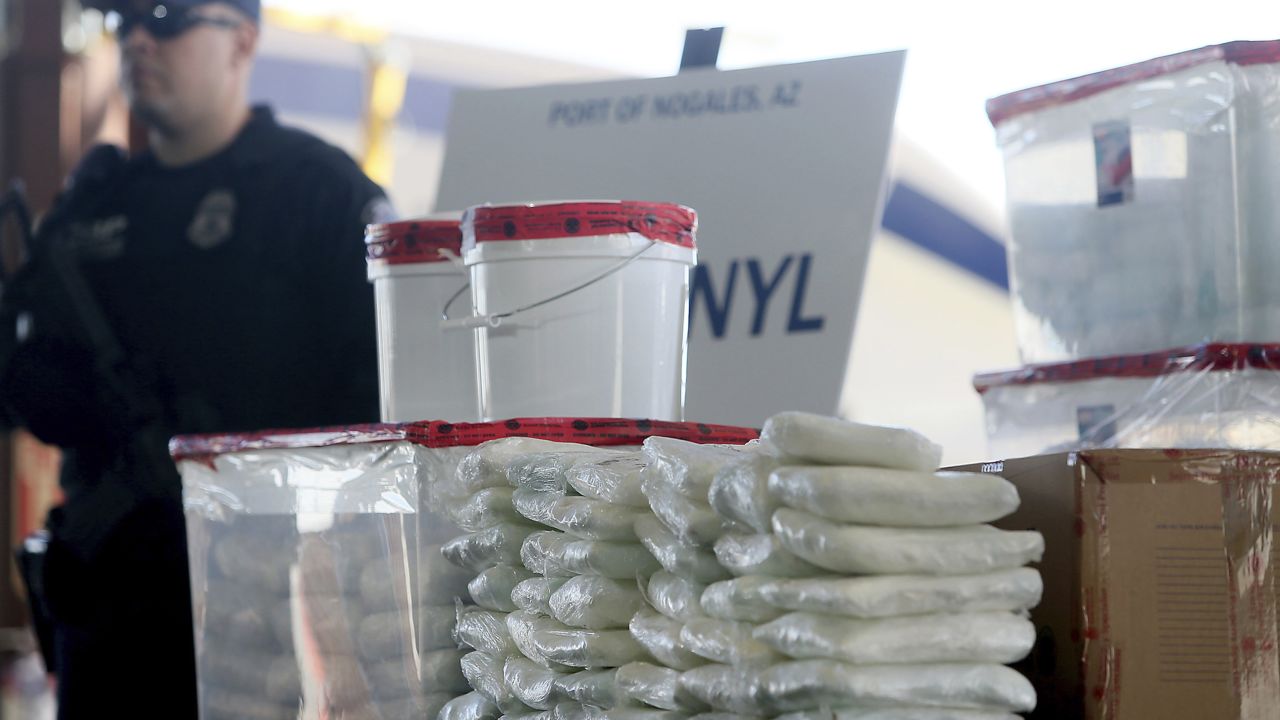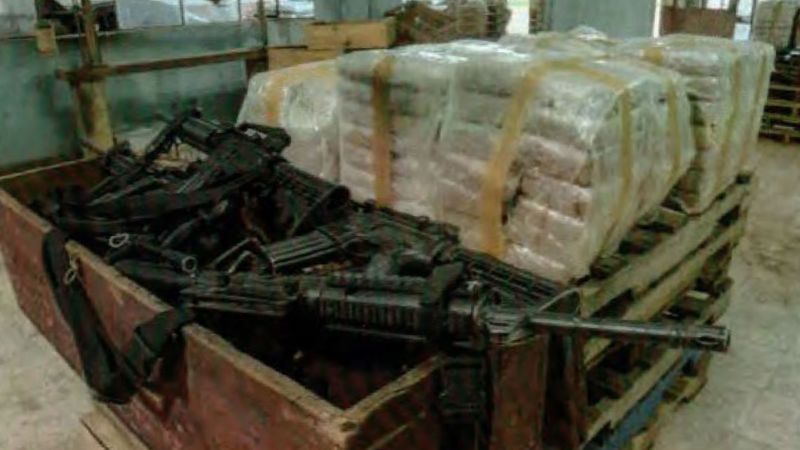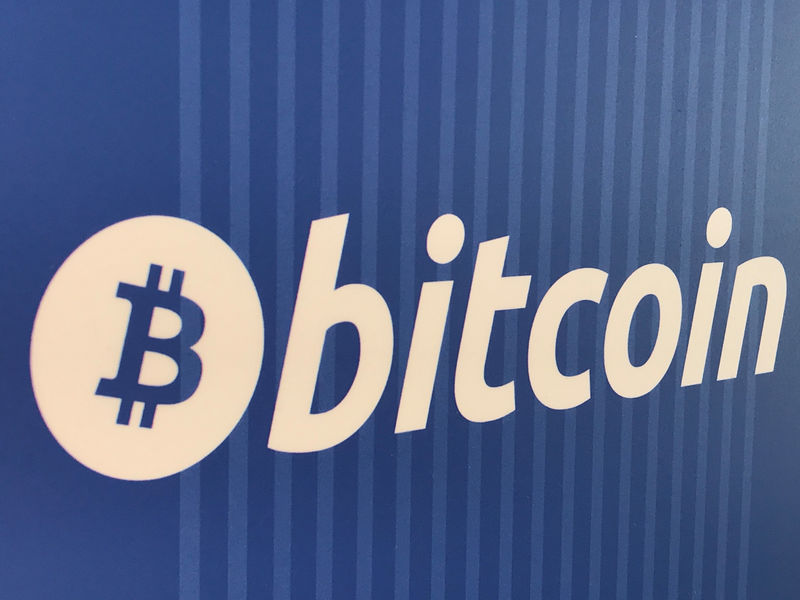Washington
CNN
—
The Biden administration has intensified its focus on tracing cryptocurrency payments that some of the most dangerous Mexican drug cartels use to buy fentanyl ingredients from Chinese chemical companies, the latest step in a renewed attempt to crack down on the multibillion-dollar fentanyl trade that kills thousands of Americans each year.
The use of digital currency has exploded among fentanyl traffickers, with transactions for fentanyl ingredients surging 450% in the last year through April, according to data from private crypto-tracking analysis firm Elliptic.
Federal agents are doing everything they can to catch up. While US diplomats have made fentanyl a point of emphasis in high-level talks with Mexican and Chinese counterparts, behind the scenes, a multi-agency effort is underway to keep pace with the rapidly changing nature of how fentanyl is financed and trafficked into the US. The work goes beyond the cartels to include tracking dark-web forums where Americans buy fentanyl.
Current and former law enforcement officials from across the federal government described to CNN the digital-first tactics the administration is developing to disrupt the fentanyl trade.
The Drug Enforcement Agency is investing in crypto-tracing software and identifying the cartels’ most sophisticated money launderers. The IRS has its most tech-savvy agents tracing payments on dark web forums. And a Department of Homeland Security investigations unit is leading a team of forensic specialists to pore over digital clues from stash houses near the Mexican border.
Federal agents have been tracking the cartels’ finances and supply routes for years, but DHS, in particular, has ramped up its surveillance efforts in recent weeks, multiple US officials told CNN.
There have been some notable busts recently, including nearly five tons of fentanyl seized this spring along the border. But there is still a lot of work left to do, officials caution, and the impact of the current surge may not be felt for months down the road.
Agents have focused on the activities of two Mexican cartels, Sinaloa and Jalisco New Generation Cartel (CJNG), which officials say account for the majority of fentanyl on US streets. Sinaloa Cartel, in particular, has developed sophisticated crypto operations to finance its fentanyl business.
“We’re dealing with a Fortune 50 company, which is what the Sinaloa Cartel is,” a US official with knowledge of the matter told CNN. “This isn’t some random dude with a duffel bag” selling fentanyl in daylight.
Cryptocurrency has enhanced cartels’ ability to smuggle fentanyl into the US by allowing them to move vast sums of money instantaneously across a decentralized, digital banking system – all without having to deal with actual banks.
“The speed the criminals can muster, it’s very hard for law enforcement to keep up,” said one top DEA official, who spoke to CNN on condition of anonymity to describe the agency’s counter-narcotics work.
Cash is still king for the cartels and often preferred for local operations. But the expanded use of digital currency at both the supply and demand ends of the drug trade has made some traditional law enforcement methods obsolete. For example, drug dealers might hold fewer in-person meetings to hand over cash, reducing the opportunities for stakeouts by federal agents, said Jarod Koopman, head of the IRS’s Cyber and Forensics Services division.
Cryptocurrency “eliminates the potential for hand-to-hand transactions,” said Koopman, whose team focuses on illicit financial flows, including dark-web purchases that are multiple steps removed from when the cartels get the drugs over the US border. “So now it’s … in a different world where some of the contacts might be online and we’re trying to facilitate or do transactions in a different manner.”
But digital money also leaves a trail that investigators can follow.
Federal agents have found cryptocurrency addresses written down on scraps of paper at stash houses in Arizona, Scott Brown, special agent in charge for Homeland Security Investigations (HSI) in that state, told CNN.
In another case, DHS agents monitored a cartel-connected crypto account for over a year until it sent $200,000 to an accountant they were using to launder money, Brown said. After the accountant used the money to buy property in the US, federal agents are working to seize the property, he said.
A “significant portion” of fentanyl is sold over the dark web and paid for in cryptocurrency, Brown said, adding: “That is a vulnerability that we can attack much like we attack the money movements in a traditional narcotics investigation.”
Most of the fentanyl that enters the US comes from ingredients made in China that are then pressed into pills – or packed in powder – and smuggled in from Mexico by drug cartels, according to the DEA.
A US indictment unsealed in June illustrates the scope of the problem. Just one Chinese chemical company allegedly shipped more than 440 pounds of fentanyl to undercover DEA agents in exchange for payment in cryptocurrency. It was enough drugs to kill 25 million Americans, according to prosecutors.
The two cartels, Sinaloa and CJNG, have used their control of the fentanyl trade to develop sophisticated money-laundering techniques that exploit cryptocurrency, according to US officials.
“We’ve identified people in the cartels that specialize in cryptocurrency movements,” the senior DEA official told CNN, describing longstanding efforts to surveil both the cartels.
The Sinaloa Cartel has made hundreds of millions of dollars from the fentanyl trade, according to the Justice Department. Run by the sons of imprisoned drug lord Joaquín “El Chapo” Guzmán, the cartel has allegedly used airplanes, submarines, fishing boats and tractor trailers to transport fentanyl chemicals and other drugs. Four of the “Chapitos,” as Guzmán’s sons are known, are under indictment in the US for fentanyl trafficking, money laundering and weapons charges.
With their father in jail, the younger generation of Sinaloa leaders is making more of an effort to cover their tracks and avoid law enforcement scrutiny, including by using cryptocurrency, the senior DEA official told CNN.
In one case, the Sinaloa Cartel laundered more than $869,000 using cryptocurrency between August 2022 and February 2023, according to a US indictment unsealed in April. But that was likely just a fraction of the Sinaloa money laundered during that time, based on the huge profits the cartel has made in recent years.
The scheme involved two of the cartel’s top money launderers directing US-based couriers to pick up cash from fentanyl traffickers and deposit the money to cryptocurrency accounts controlled by the cartel, the indictment said.
“Not every seizure is going to get you to Chapo Guzman,” said Brown, the DHS official in Arizona. “It’s certainly more impactful when we can go after the people that are behind the production of the drugs, behind the production of the precursors, behind the movement of the money, behind running the transportation cells.”
That’s why Brown and his colleagues are trying to make the most of a huge series of fentanyl busts in Arizona and California this spring, when agents seized nearly five tons of the deadly drug, worth over $100 million.
Evidence was quickly shipped to a forensics lab in Northern Virginia, where DHS analysts hunted for digital clues – things like a common cell phone number called by drug runners near border towns or, better yet, a cryptocurrency account connected to one of the Mexican cartels, according to Brown.
Based in Phoenix, Brown’s office oversees a recently announced federal task force that aims to thwart drug sales online by infiltrating dark-web forums and tracking crypto payments. The goal is to find “another vulnerability [in] the larger cartel infrastructure” that agents can attack, he said.
The cartels “are very willing to invest in technology,” Brown said. “That’s one of the things that we need to be equally willing to do.”
Crypto-based transactions can be traced publicly, giving US officials a much clearer picture of the Mexican cartels’ reliance on Chinese chemical companies to produce fentanyl.
The Chinese government banned the sale of fentanyl in 2019. But Chinese chemical companies have since shifted to making fentanyl ingredients instead of the finished product, according to US officials and outside experts.
A recent CNN investigation dug into the activities of US-sanctioned Chinese chemical companies that advertise fentanyl ingredients. When one sanctioned company shut down, another company launched, and told CNN it purchased the sanctioned company’s email, phone number and Facebook page to “attract internet traffic.”
While the amount of fentanyl directly mailed to the US from China fell dramatically following the 2019 Chinese ban, according to a Brookings Institution study, US officials say Chinese companies are still producing and exporting large quantities of fentanyl ingredients.

Chinese companies selling ingredients to make fentanyl have received cryptocurrency payments worth tens of millions of dollars over the last five years, enough to potentially produce billions of dollars’ worth of fentanyl sold in the US and other markets, according to research from crypto-tracking firms.
One of the firms, London-based Elliptic, found 100 China-based chemical companies touting fentanyl, fentanyl ingredients or equipment to make the drugs that accepted payments in cryptocurrency.
Elliptic didn’t identify any cartel-controlled crypto accounts that sent money to the Chinese companies. That could be due to the cartels’ use of middlemen to buy ingredients and the fact that fentanyl traffickers in Europe also buy from the Chinese companies, according to US officials and cryptocurrency experts interviewed by CNN
But that data is still only a partial picture of the problem. The Chinese chemicals industry is worth over a trillion dollars, according to some estimates, and comprises tens of thousands of companies, most of them doing legitimate business.
“It’s impossible to know how many of [those companies] are actually sending chemicals over” to the US that can be used to make fentanyl, a former DEA agent who worked in Mexico told CNN. The former agent spoke on the condition of anonymity because they were not authorized to speak to the media.
Barring more cooperation from the Chinese government on the issue, which US officials say has been limited, the Biden administration has sanctioned and secured federal indictments against several Chinese companies allegedly involved in the production of fentanyl. Federal agents, meanwhile, follow the money and look for opportunities to seize it.
“You can at least try to pinch off the financial flow to [the Chinese companies] and then … follow that money trail to whether it’s the Mexican cartels or if it’s in Guatemala or other places, for the actual supply,” Koopman told CNN.
Cryptocurrency has also allowed cartels to diversify the way they move money around the world. The cartels have a network of money launderers in dozens of countries, from Thailand to Colombia, the senior DEA official said.
These money launderers, known as “spinners,” might receive drug money in one type of cryptocurrency and convert it to another to try to obscure the source of the funds.
“They might take Bitcoin and then buy Ethereum with it, and then send the Ethereum to the cartel members,” the senior DEA official said, referring to different types of cryptocurrencies. “The cartels have insulated themselves so they’re not receiving the cryptocurrency directly.”
The cartels also use “mixing” services, or publicly available cryptocurrency tools, to try to obscure the source of their digital money, the DEA official said. That process is also favored by North Korean hackers who launder stolen cryptocurrency to support Pyongyang’s weapons program, CNN investigations have found.
The volatility of cryptocurrency means the cartels often quickly look to convert their crypto to cash by moving it through a series of virtual currencies, the senior DEA official told CNN.
But there are moments in the laundering process where federal agents can strike. A cryptocurrency exchange serving a customer in Mexico might be headquartered in the US, allowing federal agents to issue a subpoena and potentially seize money.
For Brown, the DHS agent in Arizona, the issue is personal: one of his employees had a family member who died of a fentanyl overdose after buying the drug online , he said.
“My people are burned out, and yet they come to work and work exceedingly hard every day,” Brown told CNN.
But he’s optimistic when the subject turns to high-tech methods to hunt the cartels.
“Are they as anonymous as they think they are? Absolutely … not.”



































